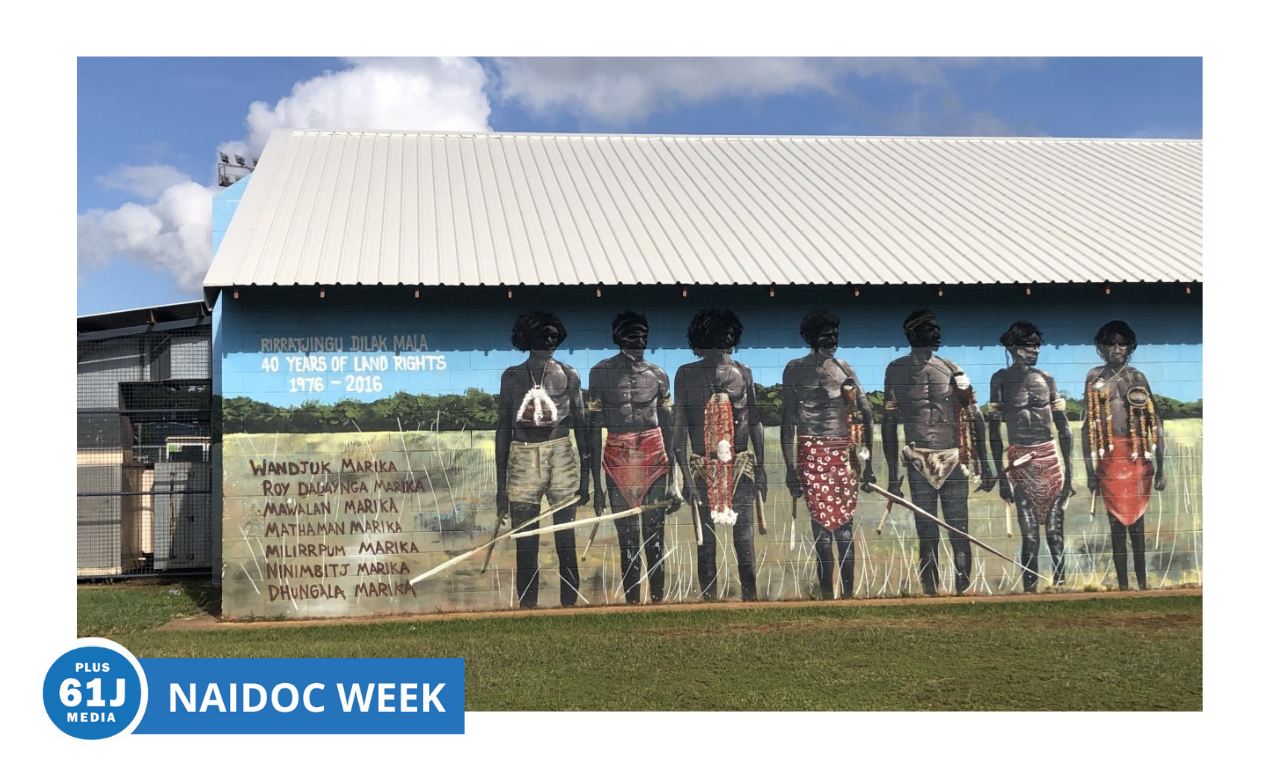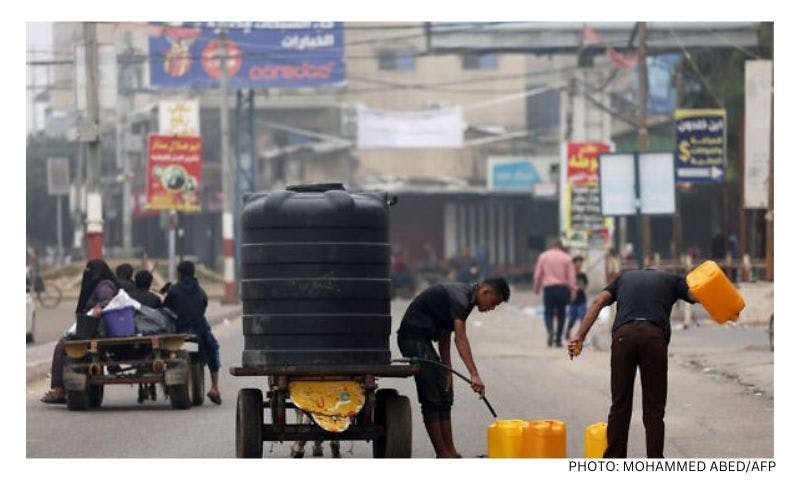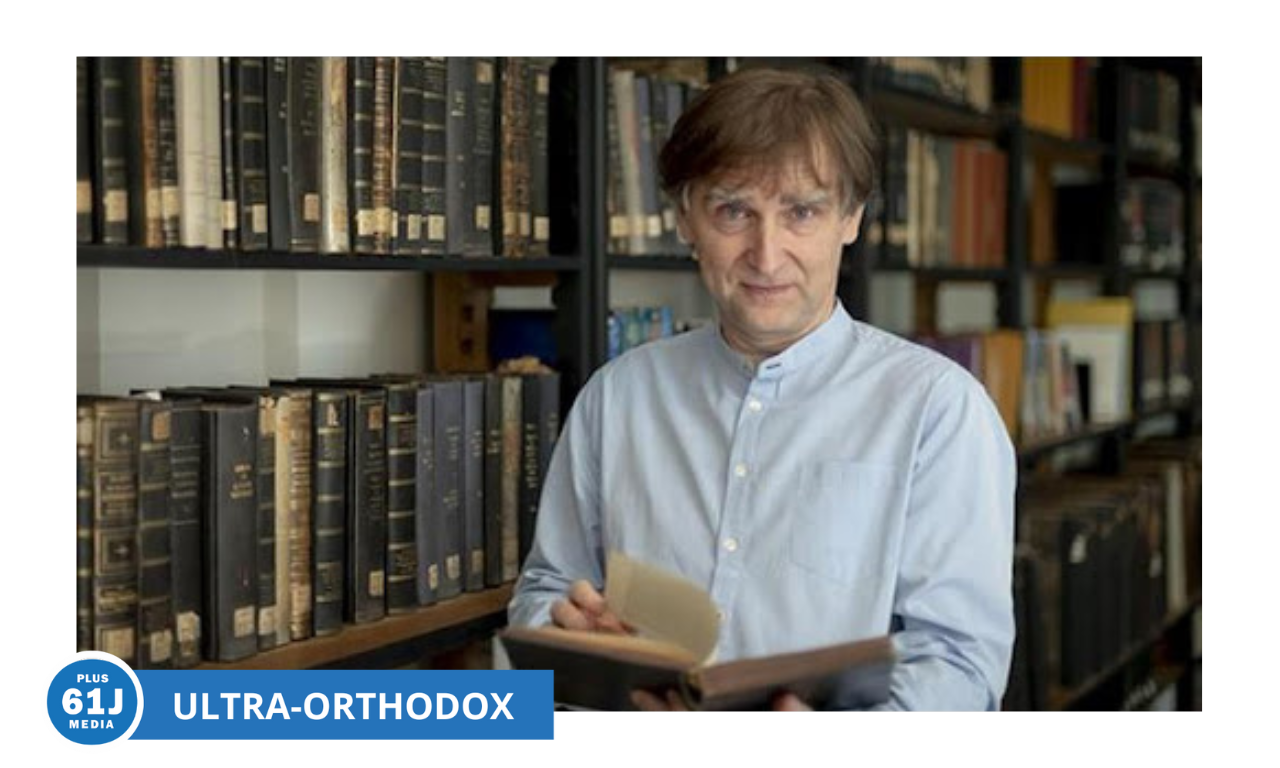Published: 7 July 2022
Last updated: 5 March 2024
SIDRA KRANZ MOSHINKSY recalls an early Zionist catchphrase as she visits Indigenous homelands in the Northern Territory
It came as a shock to many of us when the states closed their borders to each other amid COVID lockdowns. Free movement is something we take for granted and while there are differences in culture, climate, politics and some linguistic quirks (bathers/swimmers/cossies), travelling interstate generally comes easily, unlike long haul international travel.
But we also have the capacity to encounter other nations within our borders, indeed within our states and cities. Something we are being called on to address as a matter of urgent national redress is the recognition of the rights and place of our First Nations people in our constitution, polity and our national psyche. As a country, Australia has displaced, decimated and destroyed much of the fabric of these ancient nations, among the longest continually functioning in the world.

Recently, I had the privilege to be a guest in the Tiwi Islands and in the country and homelands of the Yolngu nation. It felt like an international journey of sorts: I needed a permit to enter and was welcomed through traditional ceremony; I didn’t speak the language; the hierarchies and power structures were different; family and kinship systems complex; the culture rich and deep in breadth and time, while the underpinning values and aspirations strong and palpable. It was a strange sensation to feel a foreigner.
Bawaka homeland is a couple of hours drive down a sandy, bumpy road from Nhulunbuy in East Arnhem Land and is on the land of the Gumatj clan. The homelands movement began in the 1970s, when family groups opted to leave the centralised mission-led townships, often near mining towns, to return to their tribal lands. Many elements were at work here: in part wanting to get away from the negative influences and social dysfunction of these places; in part to preserve language and customs and to care for country, integral to health and strength of body and spirit.
Deep attachment to land and place are simultaneously particular and universal
The beauty and remoteness of Bawaka (meaning “Unknown heaven”) are striking and I savour the rarity of both. The traditional owners welcome us with a smoking ceremony, gently touching us with leaves to ease away dark spirits. We get an introduction to the Dhuwa and Yirritja moities: everything in the Yolngu universe, from land, plants and animals to clan groups and spirit beings - in themselves indivisible - belongs to one or the other. As we sit and listen, Nike the saltwater crocodile, who was rescued as a baby and then returned to the sea, senses the family’s arrival, drifts around the rocks and comes to shore to receive some treats. We are offered a rare opportunity to swim at Ŋalarrk (Lonely Beach), close to the point where the Arafura Sea meets the Gulf of Carpentaria, with crystal clear water that can be scanned for less friendly crocs. I am happy to dive in, but only after we have cleaned it of a pile of plastic that has drifted in on currents from other parts of the world. (When we throw stuff “away”, it washes up in away places such as this.)
It was the Yolngu people of Arnhem Land who launched the land rights movements in 1963 when they sent the Bark Petition to the federal parliament objecting to the granting of mining leases on their ancestral lands. A copy of the original is on display at the arts centre in Yirrkala. Another display there is the Yirrkala Church Panels (also created in 1963) which could well be Australia’s most significant artworks of the 20th century, according to our guide, anthropologist Howard Morphy. They give visual expression to the Yolngu understanding of the universe and are recognised as one of the first times art was used to communicate sacred law and understandings in a public context.
Travel westward from Yirrkala approximately a thousand kilometres and you’ll get to the town of Kununurra in the Kimberley region. Following a reconnaissance trip by writer Melech Ravitch, this area was once touted by the Freeland League for Jewish Territorial Colonisation, led by Isaac Steinberg, as a potential autonomous region for Jews fleeing persecution in the 1930s.

A Jewish homeland here? It sheds light on our capacity for blindness and double standards, that, as Jews, we couldn’t see that this potential home was not uninhabited (or to use the now discredited legal concept, it was not terra nullius). And the scheme represents a profound disregard for the concept of homeland.
Just as in 1903 the Zionist movement wouldn’t settle for Uganda, the Kimberley region was never going to substitute for the land of Israel. “Ein li eretz acheret” / “I have no other country,” wrote Ehud Manur in his iconic song about Israel, recently quoted in its English translation by US House Speaker Nancy Pelosi to express her dismay at and yet commitment to her nation following the Supreme Court’s decision to overturn Roe v Wade. Deep attachment to land and place are simultaneously particular and universal.
There are more than 600 homelands scattered around the Northern Territory and other parts of Australia in which the collective population oscillates from approximately 5000 to over 10,000. Like all projects, there are successes and challenges in the complex balancing of priorities between spirituality, law and lore, health, education, economics, autonomy … the list goes on. At Bukudal, another homeland, we hear from one of the senior elders, Barayuwa Mununggurra, about his community. Unfortunately, COVID’s long tentacles get to our group so we don’t get to have the extended conversations and learning that being on country might have afforded us. I promise myself that I will get back here.
Wherever we sit or step in Australia, we are on the land of First Nations. The effects of nearly 250 years of colonisation are such that in many places, including our own cities and suburbs, this is invisible to us. The Acknowledgement of Country we make may be a small gesture but need not be tokenistic if we are sentient to the layers on which we walk. Of course, a full response to the Uluru Statement from the Heart with constitutional recognition, treaty and truth-telling would get us closer to a reckoning, nation to nations. A crucial chapter in Australia’s story is being written.
Photo: Mural celebrating forty years of land rights, Yirrkala, NT (Sidra Kranz Moshinsky)




